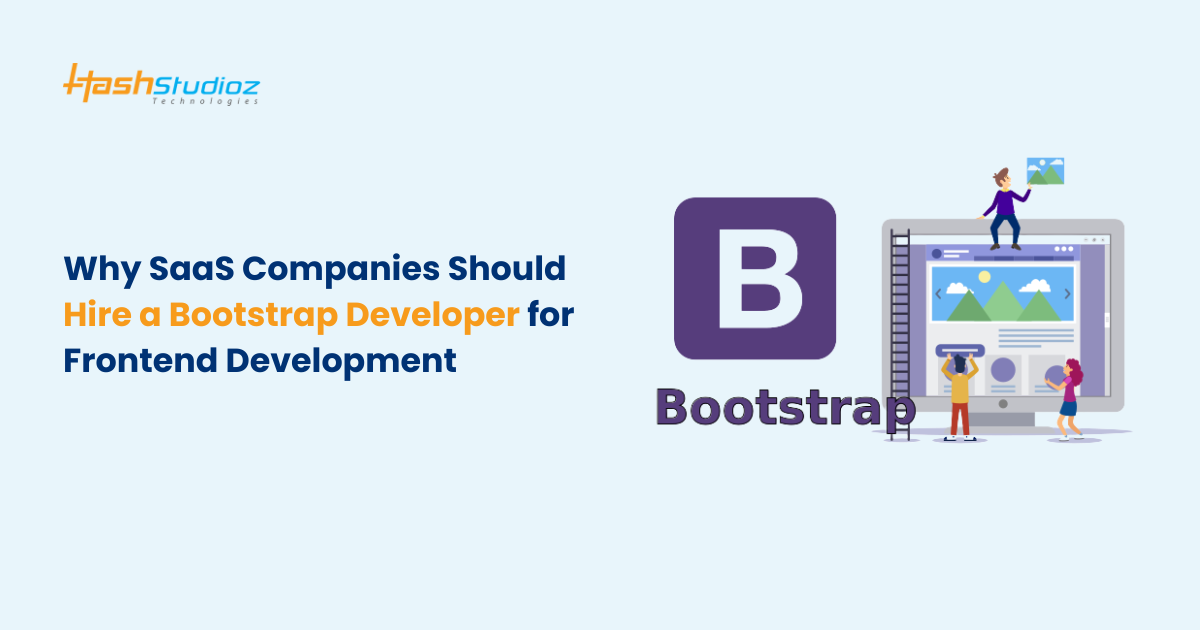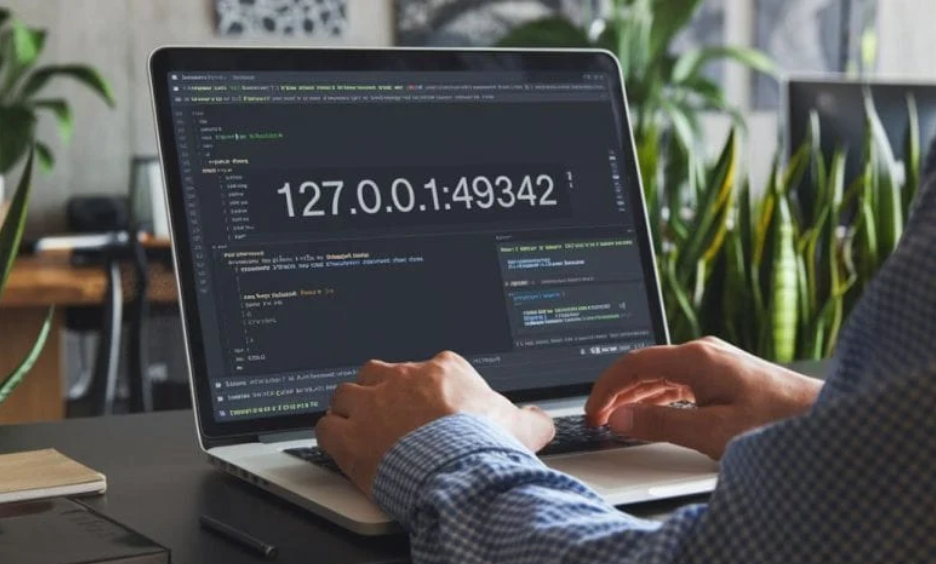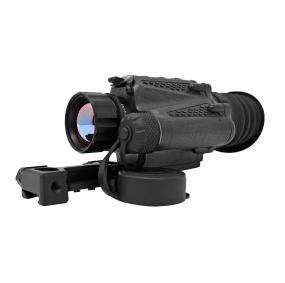How Employee Monitoring Software Can Boost Workplace Productivity
Workplace productivity is essential for business success, but achieving consistent productivity requires the right tools and strategies. Employee Monitoring Software is one such tool, providing real-time data to optimize work processes, manage time effectively, and maintain a high level of output. Let’s explore how this technology can support a more productive and engaged workplace.
Why Focus on Workplace Productivity?
Higher productivity means more efficient use of resources, better outcomes for clients, and increased employee satisfaction. However, workplace productivity is impacted by various factors, including time management, task prioritization, and even workplace distractions. Employee monitoring software can help tackle these challenges by providing insights into productivity patterns and supporting managers in creating a more efficient work environment.
Benefits of Employee Monitoring Software for Productivity
- Identifies Productivity PatternsEmployee monitoring software offers real-time insights into how employees spend their time. By understanding productivity patterns, businesses can identify peak productivity hours, areas where employees face distractions, or tasks that might be hindering efficiency. This data allows managers to make informed adjustments, optimizing work schedules to align with productivity peaks.
- Enhances Time ManagementEffective time management is crucial to productivity. Monitoring software tracks time spent on different tasks, helping employees understand where their time goes. This encourages better time allocation and prioritization, as employees can see which tasks are time-intensive and adjust their approach to focus on higher-impact work.
- Reduces Workplace DistractionsDistractions are a common barrier to productivity, especially in remote work environments. Monitoring software can identify apps, websites, or activities that disrupt focus, helping both employees and managers understand where productivity dips occur. With this data, employees can work on minimizing distractions, while managers can offer resources or set guidelines to maintain focus.
- Supports Remote Work ProductivityIn hybrid or remote setups, tracking productivity can be challenging. Employee Monitoring Software bridges this gap, allowing managers to ensure productivity standards are met regardless of location. Remote employees also benefit by having a structured approach to managing their own time, which is crucial for maintaining work-life balance while staying productive.
- Encourages Accountability and TransparencyTransparency is vital for accountability, and employee monitoring software provides just that. Employees can see their own performance metrics and understand how their work is being evaluated. This encourages accountability, helping employees stay motivated and driven to meet productivity targets.
Best Practices for Using Employee Monitoring Software to Improve Productivity
While employee monitoring software offers significant benefits, it’s essential to implement it thoughtfully to ensure it positively impacts productivity without feeling intrusive. Here are some best practices:
- Communicate Clearly – Explain the purpose of monitoring software to employees, focusing on productivity benefits and personal time management. When employees understand its value, they’re more likely to embrace it as a productivity tool rather than surveillance.
- Focus on Development, Not Surveillance – Use monitoring data to identify growth areas and offer training or resources to support improvement. The goal should be to empower employees rather than control them, creating a culture of self-driven productivity.
- Set Clear Guidelines – Establish clear policies on how monitoring software will be used. Defining boundaries and respecting privacy helps build trust, ensuring employees feel comfortable and supported.
- Encourage Self-Assessment – Many monitoring tools allow employees to view their own productivity data. Encourage them to review this information to identify areas for self-improvement, fostering a proactive approach to productivity.
Choosing the Right Employee Monitoring Software for Your Business
When selecting an employee monitoring tool, it’s important to choose one that aligns with your productivity goals. Here are some key features to look for:
- User-Friendly Interface – A simple, intuitive interface ensures that both managers and employees can use the software without hassle.
- Real-Time Analytics – Real-time data allows managers to monitor productivity trends instantly, making it easier to offer timely support when needed.
- Privacy Features – Respecting privacy is essential, so opt for software that allows customization of monitoring settings. This helps build trust and ensures compliance with privacy regulations.
- Customizable Reports – The ability to tailor reports to focus on specific productivity metrics helps managers pinpoint areas that need improvement.
Final Thoughts: Building a More Productive Workplace with Employee Monitoring Software
Employee monitoring software can transform workplace productivity by offering insights into work habits, improving time management, and creating a transparent, accountable culture. When used thoughtfully, this tool helps employees stay focused, reduces distractions, and empowers managers to optimize workflows. In a modern workplace where efficiency and engagement are essential, Employee Monitoring Software can be the key to achieving long-term productivity and business success.














Post Comment